In the first installment of this series, called “Glen Canyon’s Nielsen Ranch at Hite: The Untold Story,” I provided a considerable amount of background information on the history of the Hite (Dandy) Crossing, and the political history behind the building of Glen Canyon Dam.
In addition, I needed to explain just how Beth and Ruben Nielsen wound up at Hite and spent the next 15 years, from 1949 to 1964, in this place they called Heaven on Earth. (I urge all of you who missed Part 1 the first time, to go back and read it. You need the history, especially of Beth and Ruben, to fully appreciate what follows.)
In Part 1, I included a quite a few photos from the Nielsen Collection. But the real treasure here is not my history lesson, but the pictures themselves, and the guest book entries, and other documents that Ruben and Beth Nielsen’s granddaughter, Leslie Nielsen, was gracious enough to share with The Zephyr
So…this edition of the “Untold Story” is more of an album than a narrative. This is the first of several albums I plan to post over the coming weeks and months. When Leslie sent me a thumb drive with the complete collection of images, even I didn’t realize the full extent and number of photographs that I had just received. The index that Leslie sent me identifies each photo—the index is almost 50 pages long! That should give Zephyr readers just how much photographic history is here. It is a treasure beyond my ability to express it.
Thanks once more, to Leslie, for allowing The Zephyr to present this incredible history to me and to you…JS
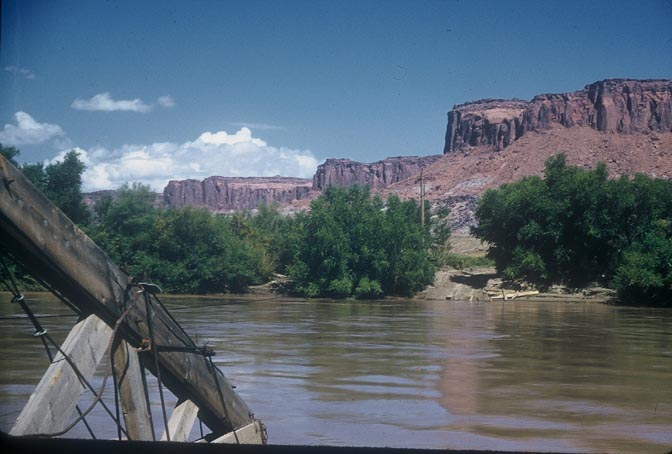
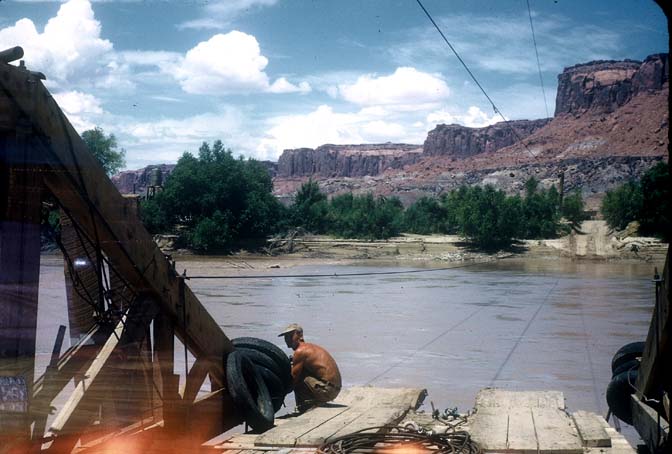
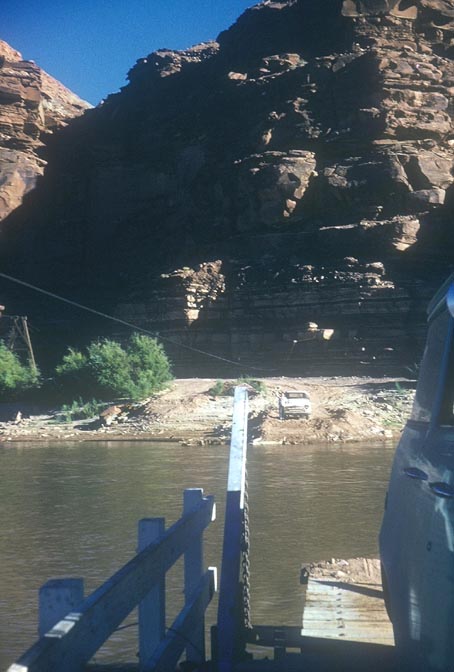
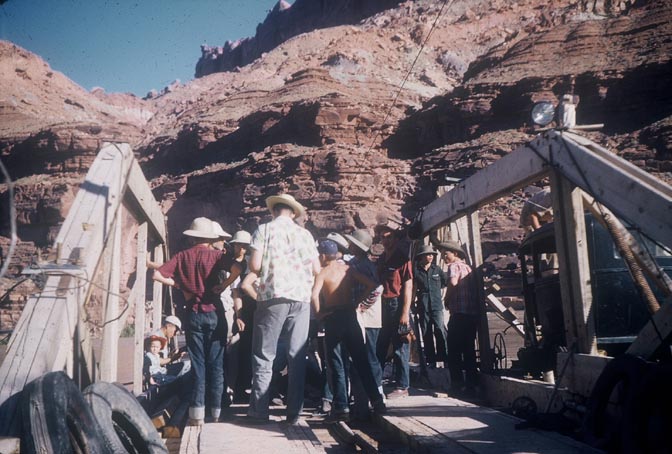
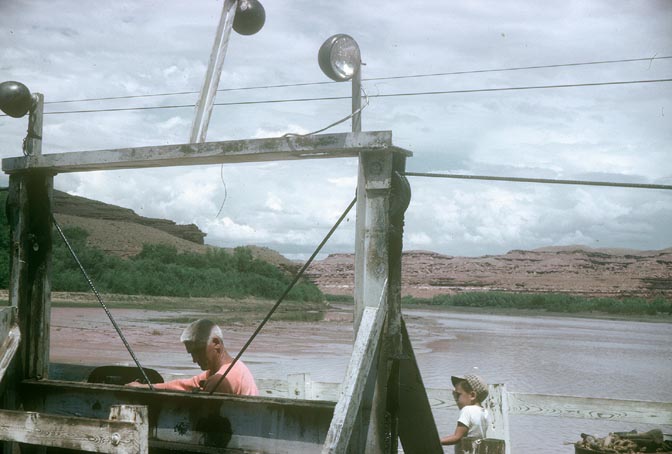
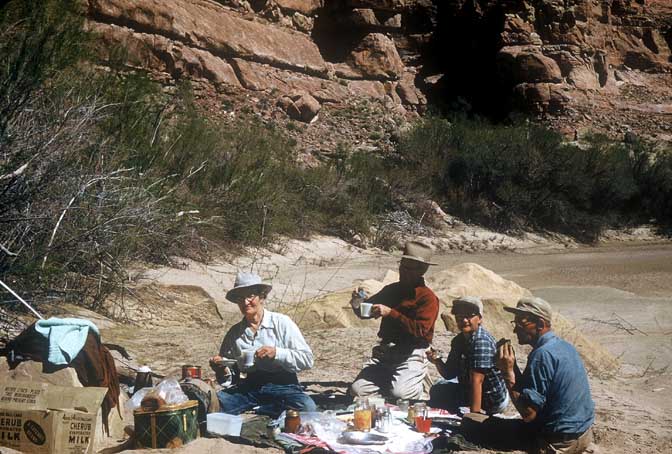
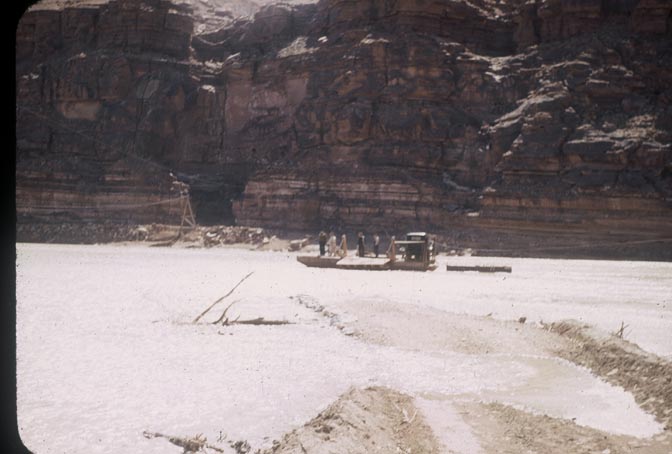
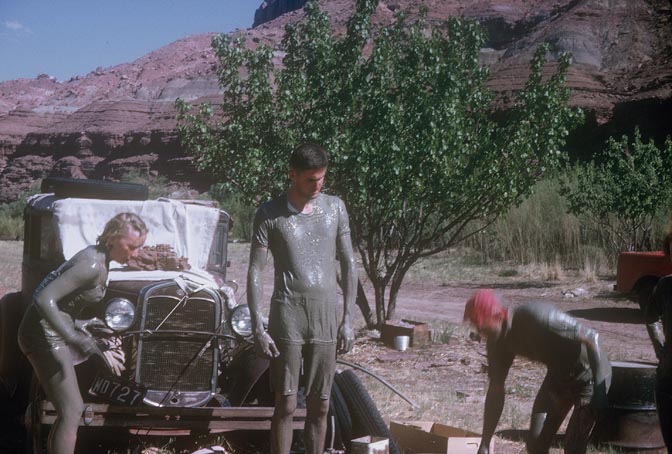
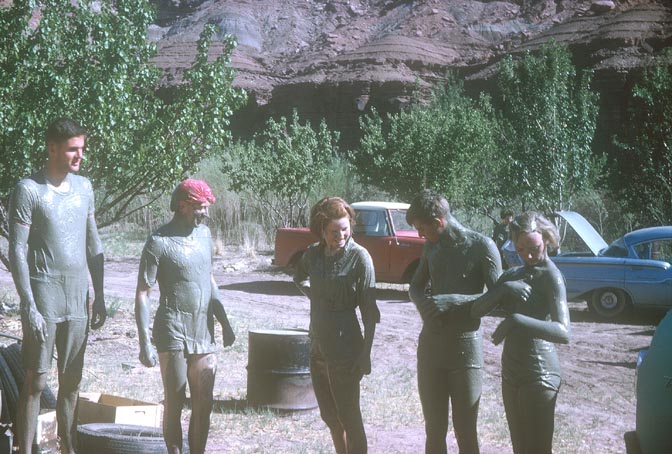
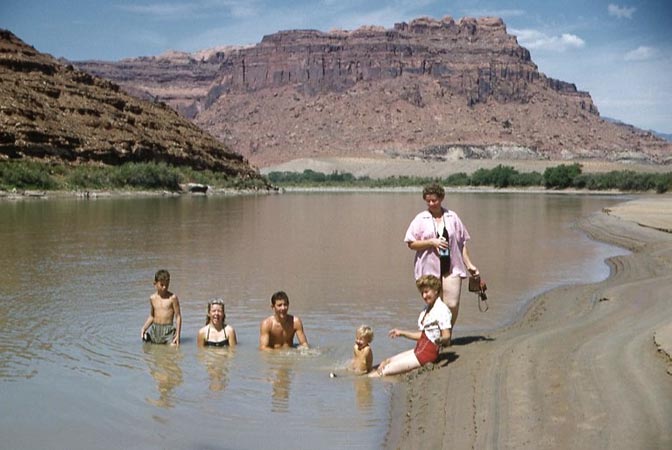
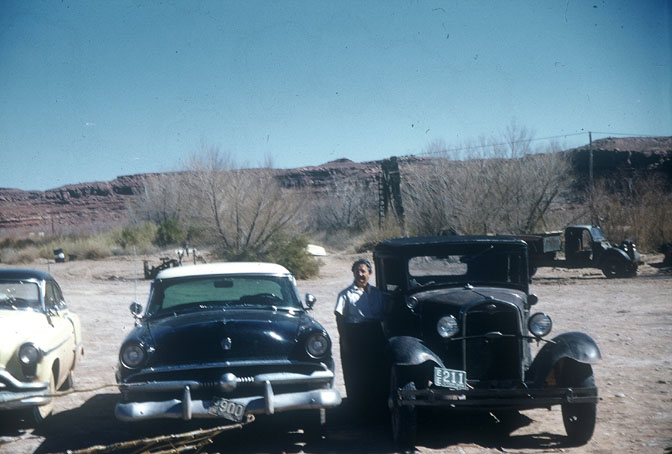
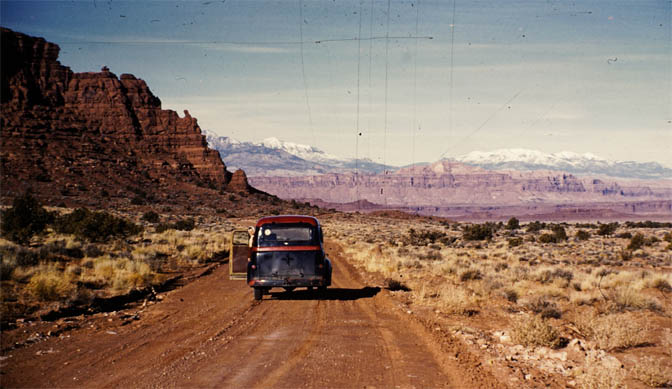
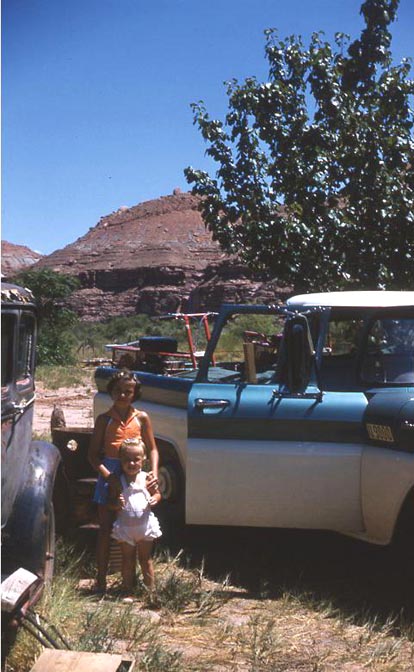
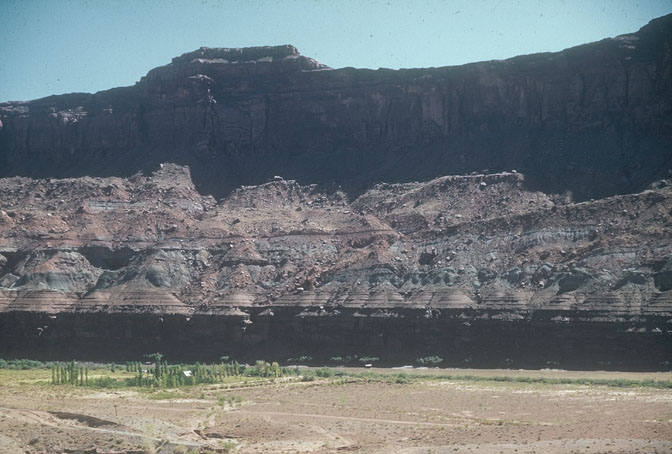
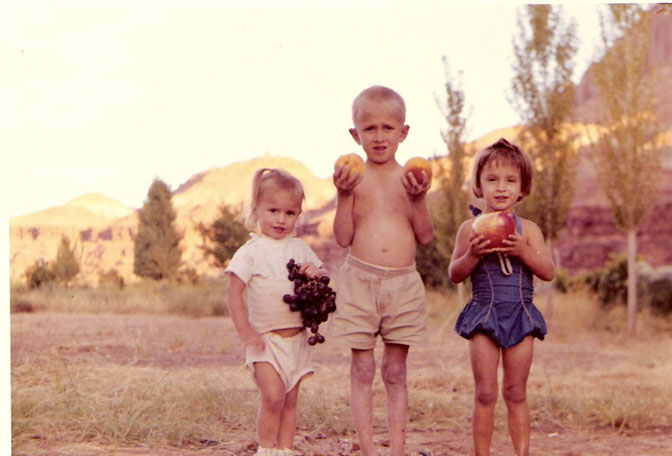
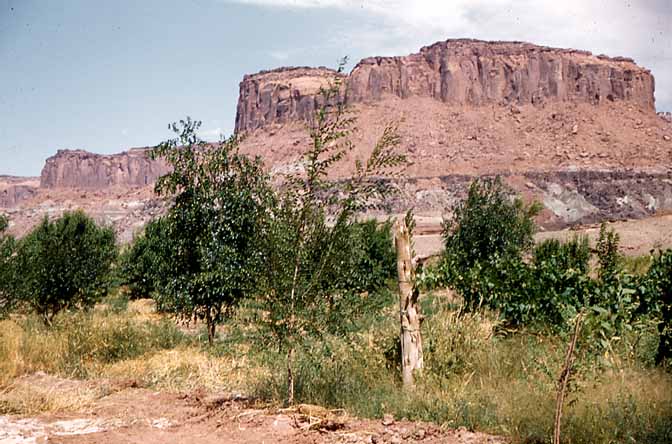
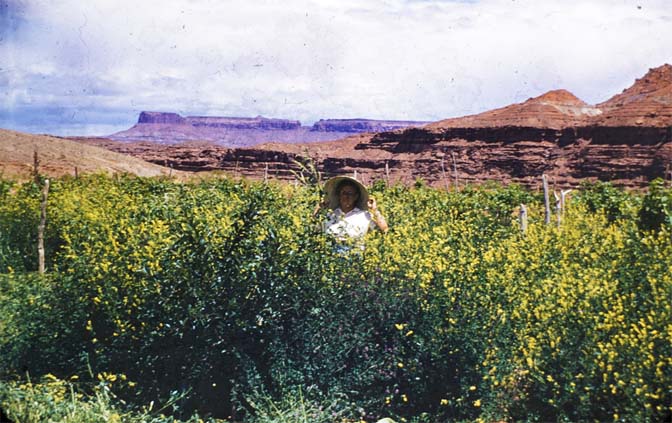
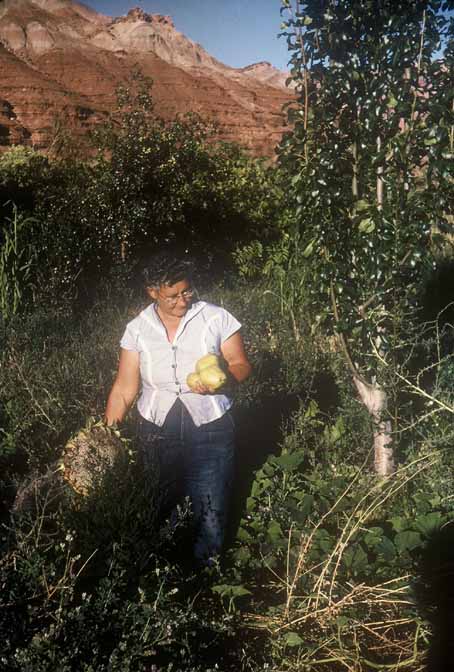
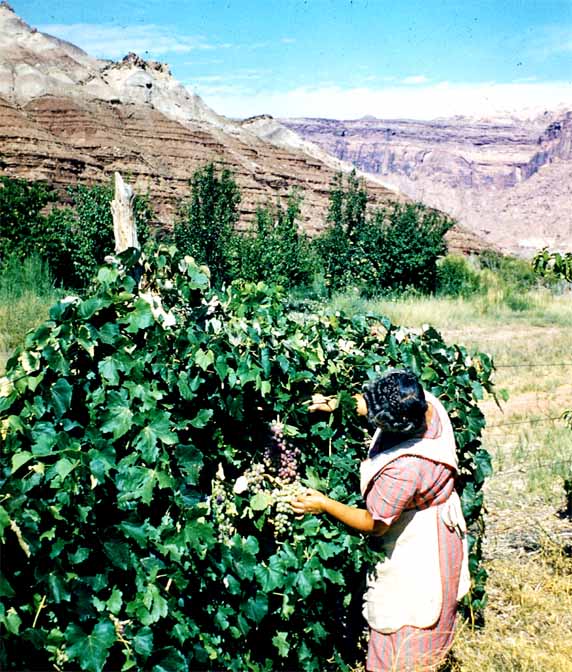
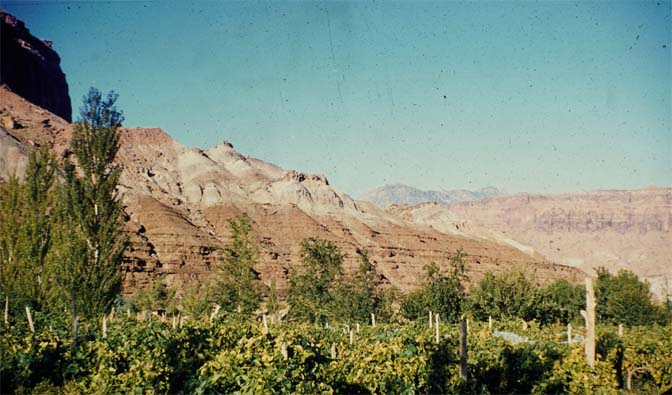
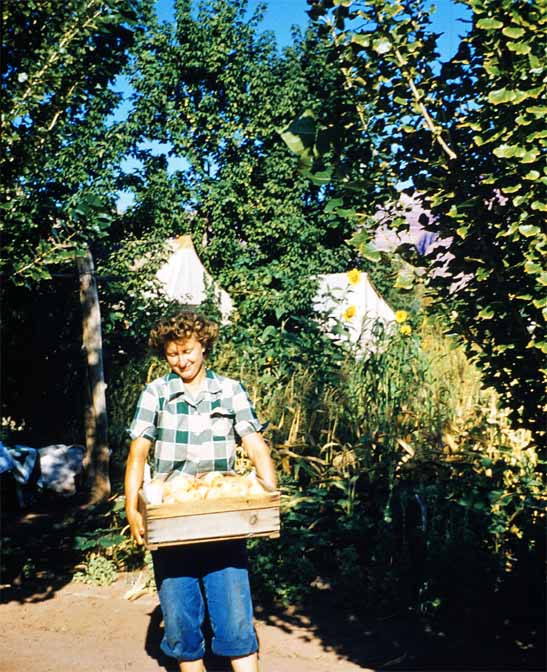
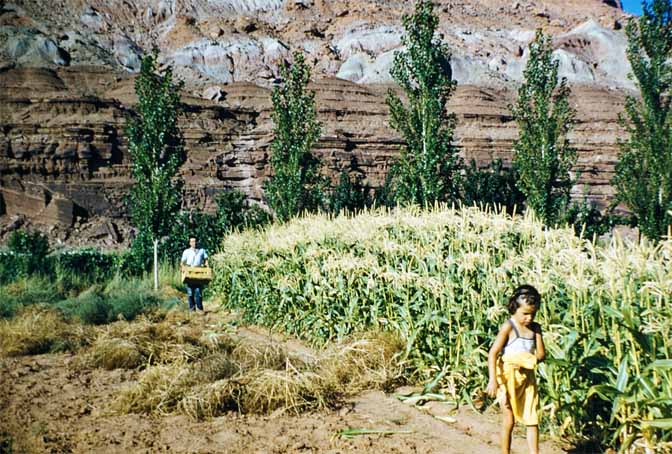
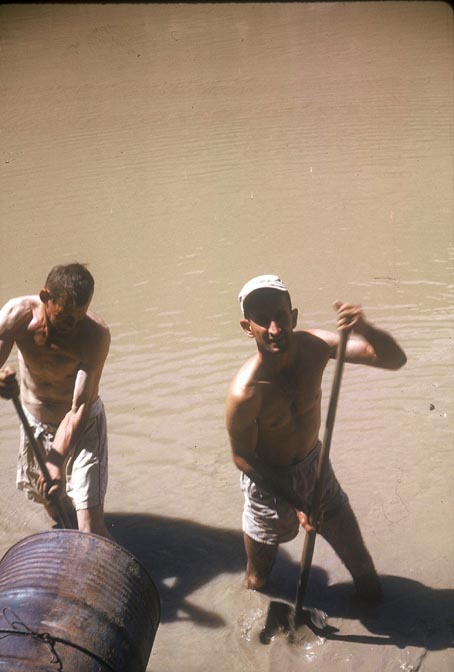
THE STORY OF DICK SPRANG—GLEN CANYON EXPLORER/’BATMAN’ CARTOONIST
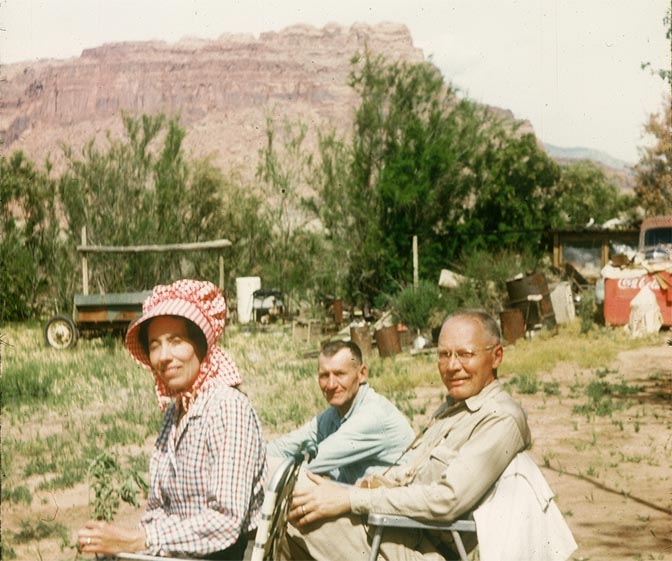
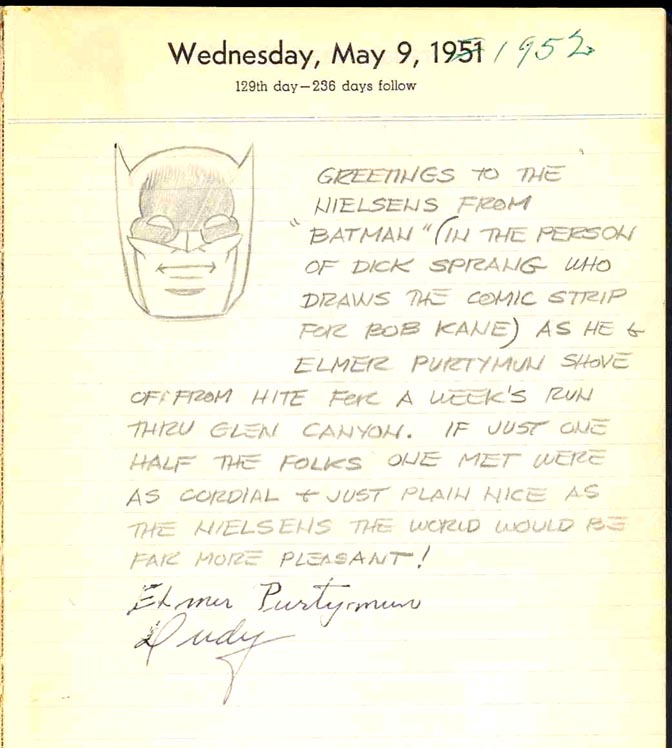
REMEMBERING DICK SPRANG… By Harvey Leake
AN EXCERPT FROM HARVEY’S ZEPHYR ARTICLE ON DICK. TO READ THE ENTIRE STORY, CLICK HERE
Dick and Dudy first boated through Glen Canyon in 1950 in an oar-powered Navy surplus rubber raft. They became hooked, returning twice in 1951, then again in 1952 and 1955. They typically would spend a leisurely six weeks on the river, allowing ample time to enjoy the scenery, explore, or just relax in camp.
In 1956, the couple moved from Sedona to Torrey, Utah. Dudy passed away in January 1958, and Dick married a local artist, Elizabeth Lewis, later that year. He took his new bride on two Glen Canyon excursions, one of which she beautifully documented in her book, Good-Bye River.
I had known Dick for some time before I learned of a whole different dimension to his life. Gus told me that, in his earlier days, he was a legendary artist of Batman and Superman comic books. I asked Dick about this, and he recounted many amazing stories of his art career that began in his home state of Ohio and landed him in New York City before he moved out West.
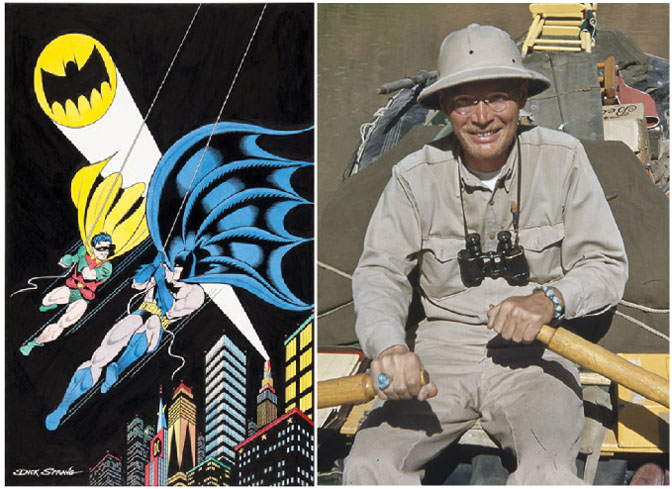
Self-taught, Dick had exceptional creative and technical talent that got him a job when he was nineteen years old with the Toledo News-Bee, designing and drawing advertisement and editorial art. Seeking bigger and better opportunities, he moved to New York City where he quickly found employment drawing illustrations for pulp novels. He wrote some of the stories as well. A few years later, seeing the impending demise of the pulp magazine industry, he applied for work with DC Comics, which jumped on the opportunity to add such a talented artist to their team. He created the pencil and/or ink work on stories written by others.
Dick’s fascination with the history and geography of the Southwest compelled him to move to Sedona in 1946, where he could continue his career remotely. After two decades with DC Comics, he resigned in 1963. During his retirement period, he continued to create drawings for his own gratification. (For More, click the blue hot link above)
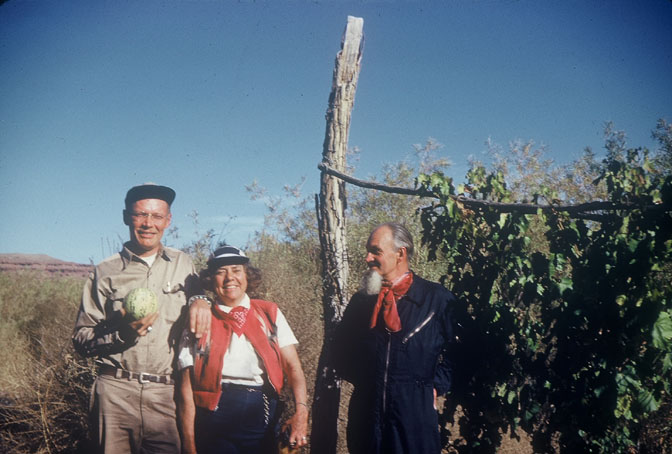
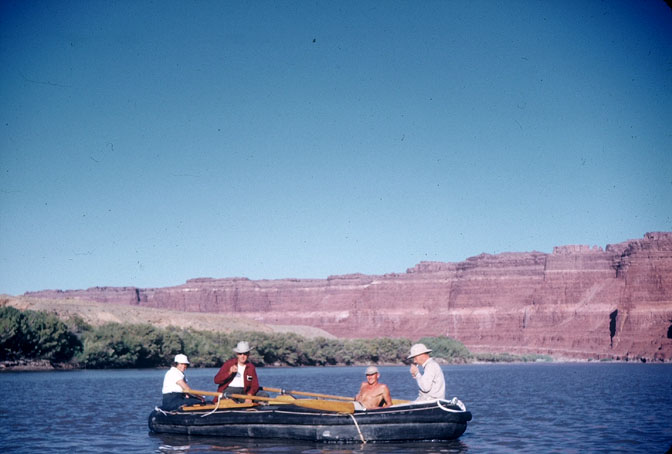
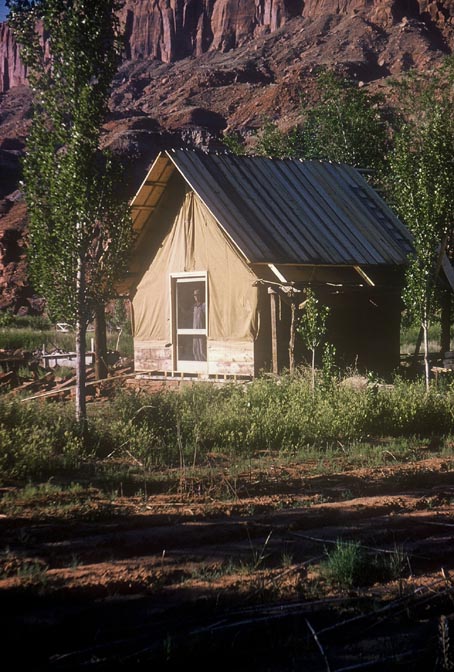
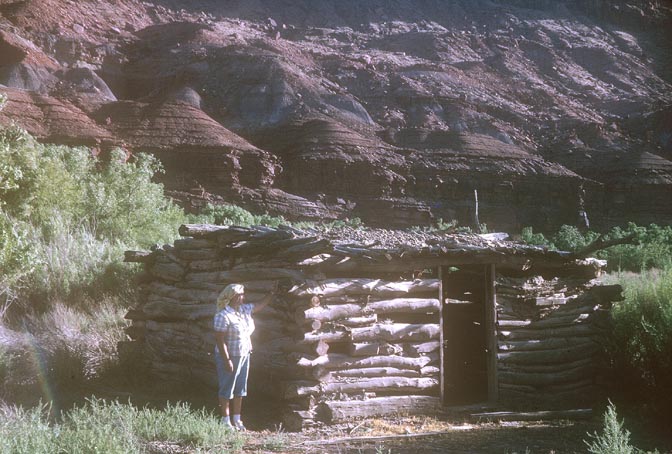
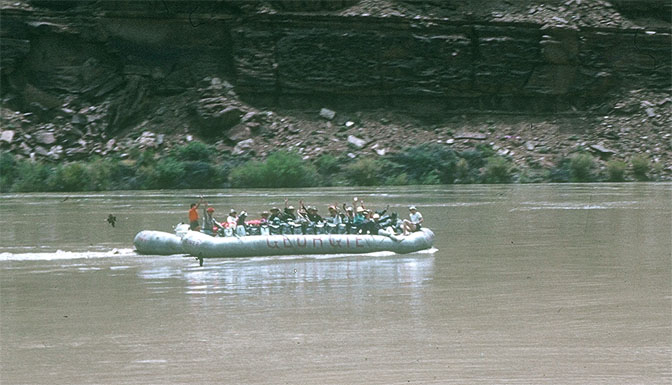
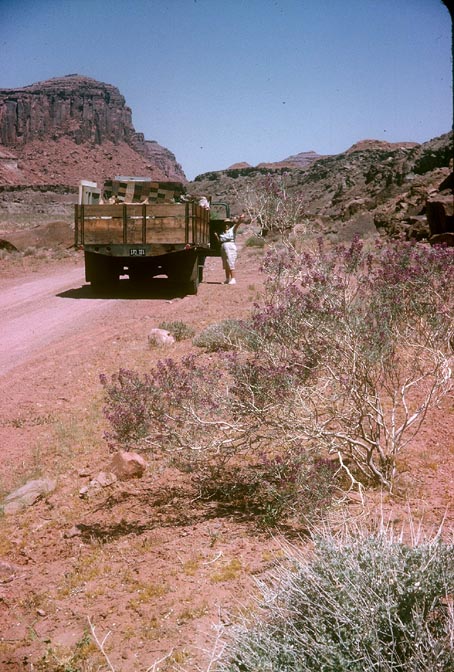
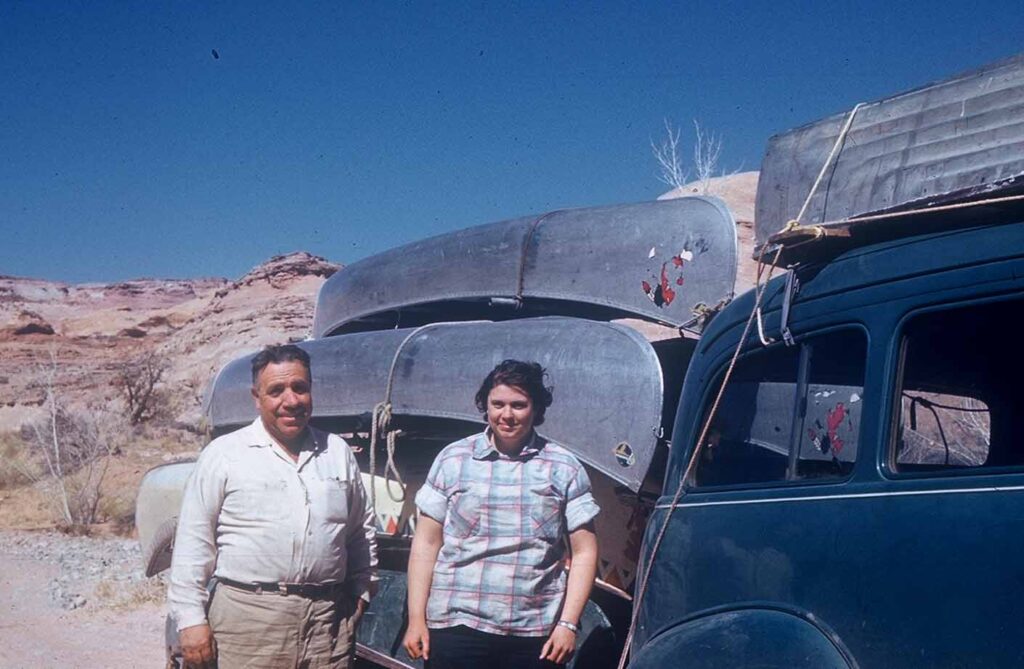
who later floated the canyon.
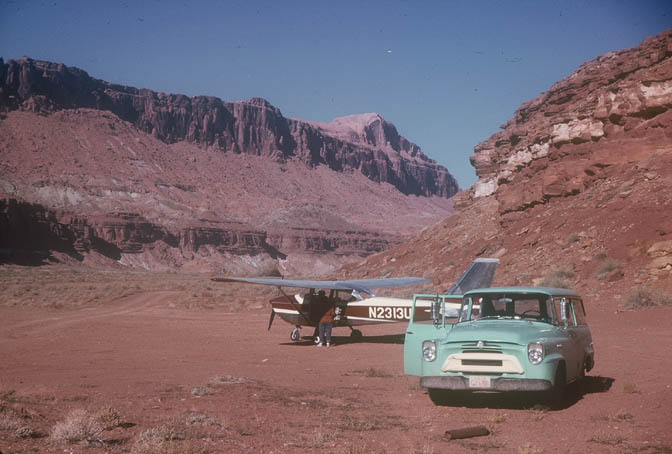
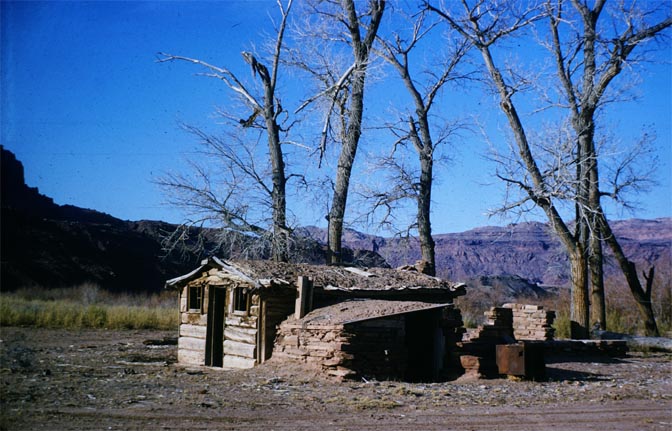
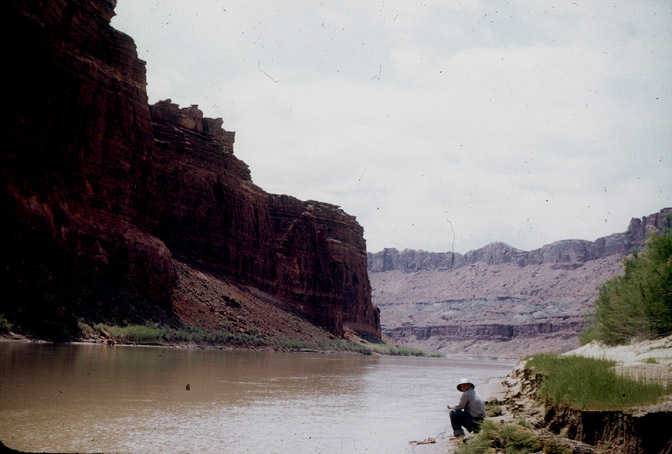
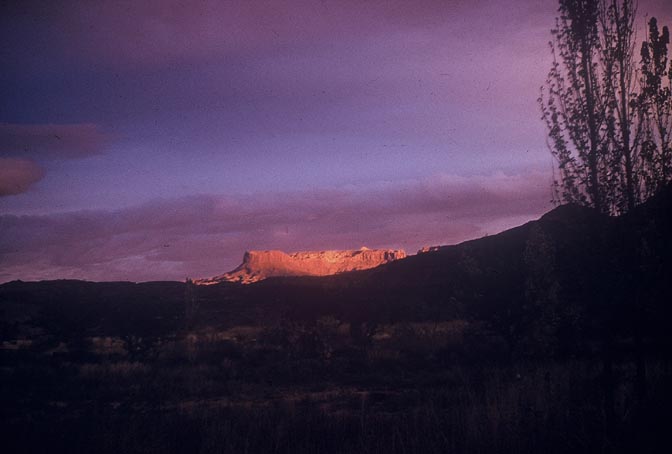
ALL OF THIS HAS BEEN UNDER THE WATERS OF THE POWELL RESERVOIR SINCE JUNE 1964
THE ZEPHYR will be posting more editions of this “Glen Canyon Album: The Nielsen Ranch at Hite,” in the coming weeks and months. Again, my thanks to the Nielsens’ granddaughter Leslie, who made this archive available to The Zephyr…JS
TO COMMENT ON THIS STORY, PLEASE SCROLL TO THE BOTTOM OF THE PAGE

BE SURE TO LOOK IN THE PROMOTIONS FOLDER…Gmail INSISTS!!!.

Why they can’t just leave the site alone is beyond me,
but that’s what Facebook likes to do.
ALSO NOTE: I post old photographs and stories from our 25 year old archives every day. Pictures from Herb Ringer, Edna Fridley, Charles Kreischer.. even a few old photos from my Dad. So if you want to stay caught up on our amazing historic photo collections,
be sure to “follow” us on Facebook…Thanks…Jim
https://www.facebook.com/FansoftheCanyonCountryZephyr/
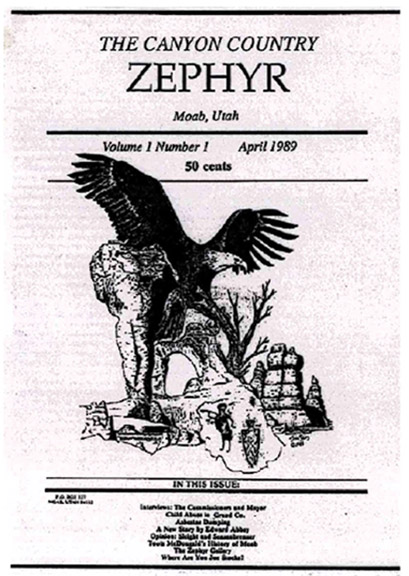
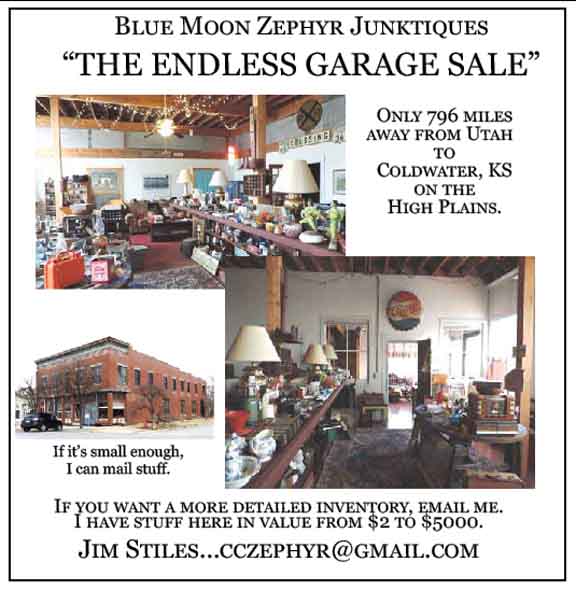
https://www.facebook.com/profile.php?id=100086441524150
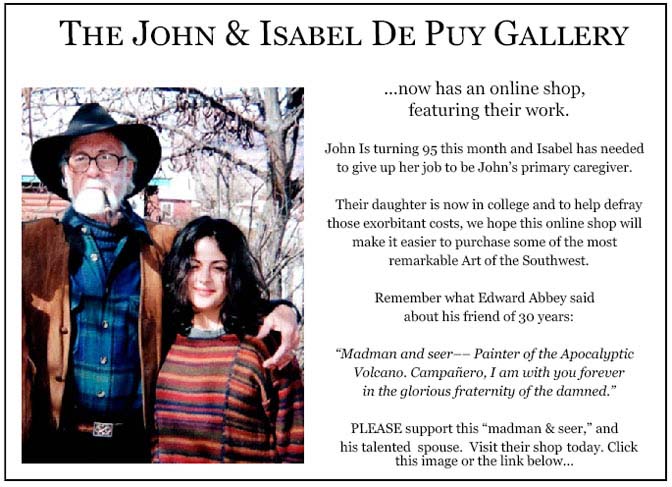
Six years ago, The Zephyr, me & four other individuals were sued for defamation by the former Moab City Manager. Faced with mounting legal bills, my dear friends John and Isabel De Puy donated one of John’s paintings to be auctioned. ALL the proceeds went to our defense.
Thanks to them, our bills were almost completely covered.
Now I’d like to return the favor. Check out the link below and their online shop… JS
https://www.depuygallery.com/shop.html
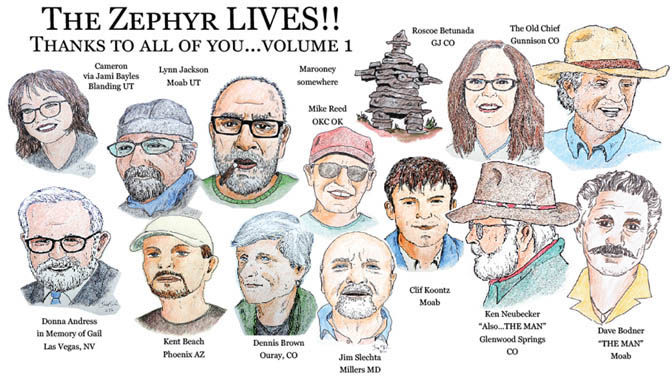
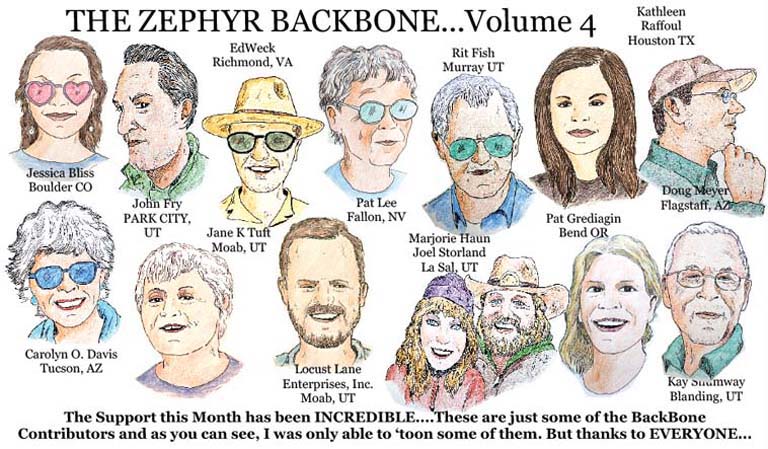

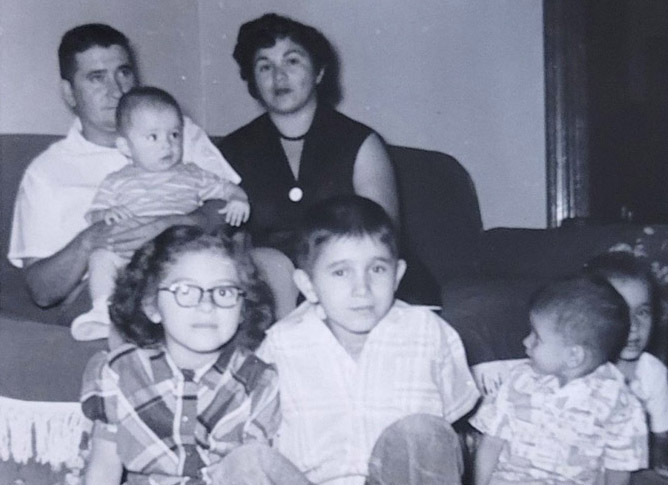
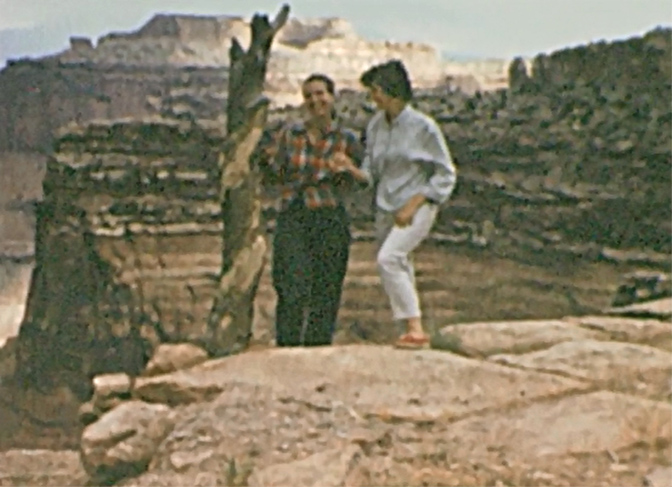
https://www.canyoncountryzephyr.com/2022/05/15/60-years-later-still-searching-for-dennise-sullivan-by-jim-stiles-zx8/
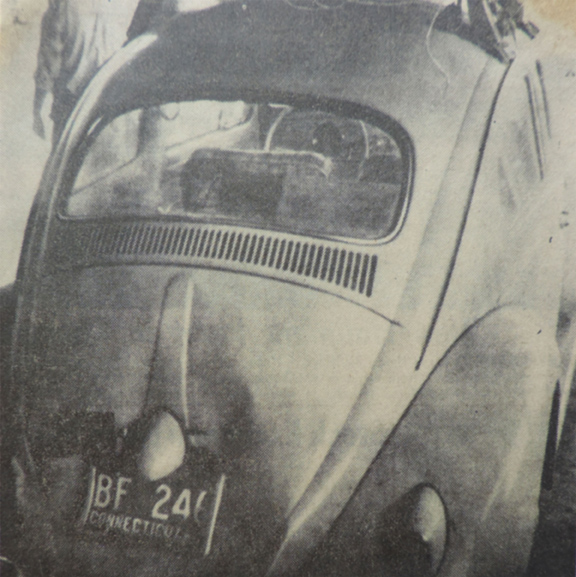
by Jim Stiles
https://www.canyoncountryzephyr.com/2021/11/30/july-4-1961-murder-the-enduring-mystery-at-dead-horse-point-part-oneby-jim-stiles/
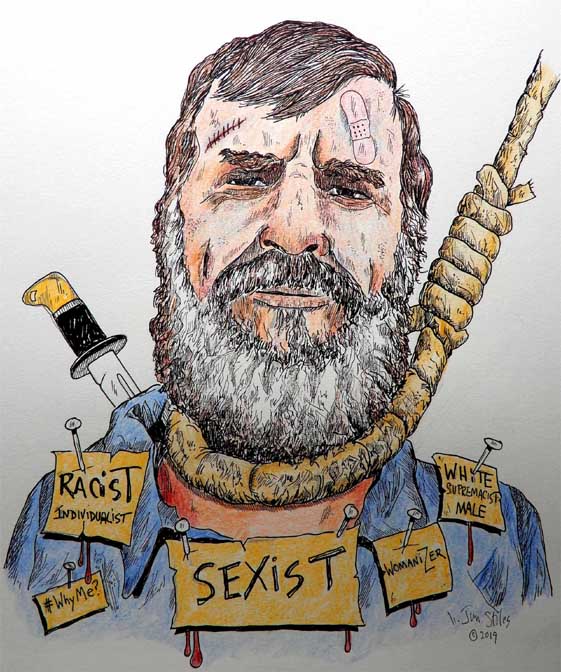
https://www.canyoncountryzephyr.com/2023/03/12/edward-abbey-34-years-later-in-a-brave-new-world-jim-stiles-zx53/
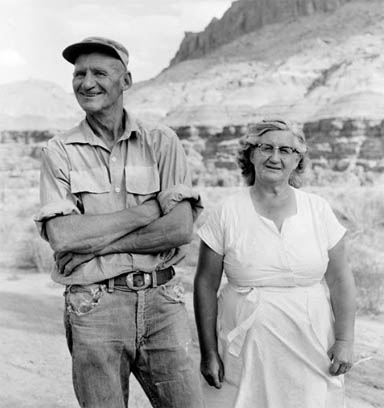
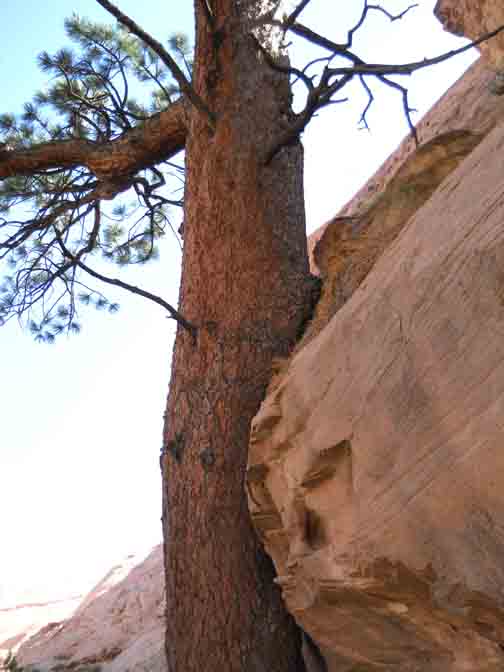
https://www.canyoncountryzephyr.com/2023/03/05/remnants-outliers-from-ponderosa-pines-to-people-jim-stiles-zx52/
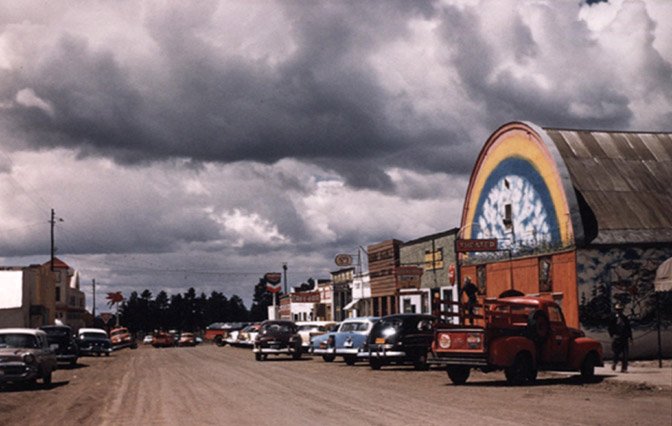
(ZX#54) w/Jim Stiles
https://www.canyoncountryzephyr.com/2023/03/19/herb-ringer-his-love-for-the-rural-wests-small-towns-1940s-50s-volume-1-zx54-w-jim-stiles/
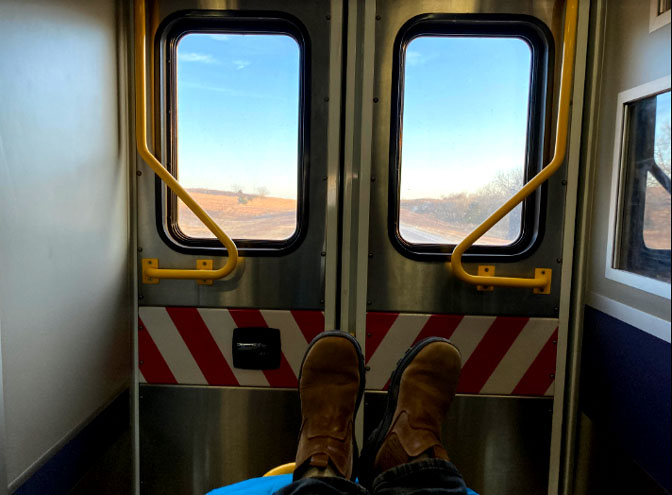
NOTE: I’ve been running this link for months & I thought maybe it was time to pull it from this list for a while. But in the last several weeks, I’ve heard from four Zephyr readers who had read this story, who were suffering from severe emotional trauma. But because of this story, when they sought medical assistance, they took an advocate, a trusted friend or family member, with them. They are convinced it made a difference. In the end, thanks to the input from that advocate, they accepted OUT-PATIENT therapy, instead of being admitted to an “in-patient” facility like the one I was persuaded to go to…If this story can spare just one person from that kind of ordeal, I’ll keep running it…
https://www.canyoncountryzephyr.com/2022/08/07/grief-meets-orwell-the-cuckoos-nest-by-jim-stiles-my-recent-encounter-with-the-mental-health-industry-zx20/

visit our Zephyr home page and use the search bar:
https://www.canyoncountryzephyr.com/


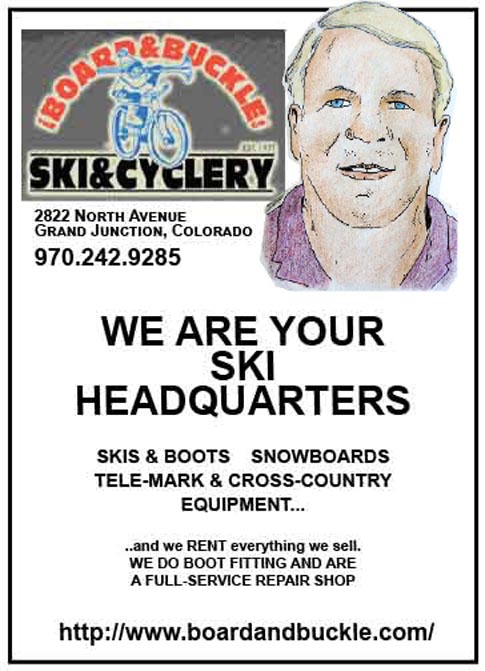
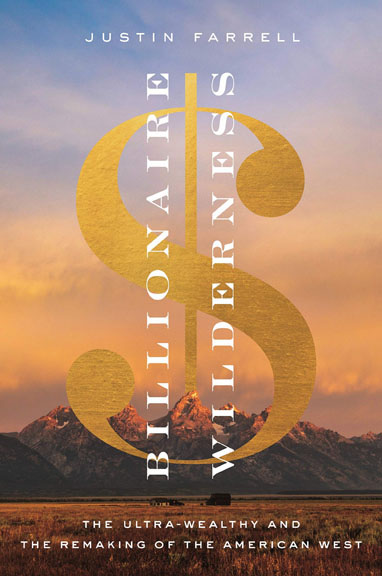

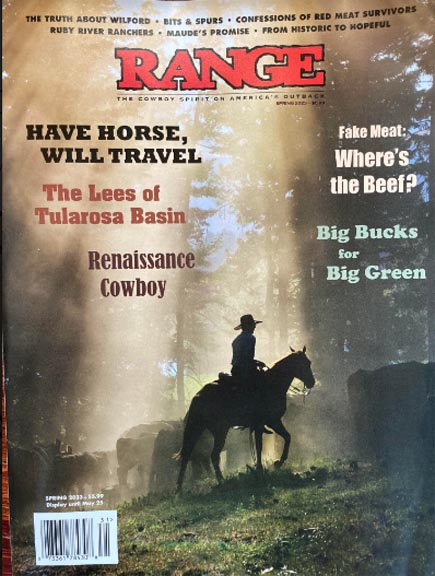
How wonderful that Leslie Nielson shared these phenomenal photos, already with titles! A part of history now lieing under water! Interesting that Barry Goldwater was sorry he’d been a part of the Dam building. I voted for him when he ran for President. A sad affair when those two old historical cabins were drowned. Thanks for saving this bit of history.
Thanks Donna…as always, you are my favorite “commenter.”
Jim
Thanks for sending this out, what a gold mine!
There’s MUCH more to come…
VERY interesting article! I was 12 and living back east when the gates were closed on the Glen Canyon dam, so I never had the chance to see Glen Canyon. Have always regretted that. My dear great uncle floated it many times and told us kids stories of how beautiful it was. He was very much against the building of the dam, knew that a great scenic treasure and a lot of history would be lost for ever. I’ve puttered around Lake Powell a few times but always with my copy of History Beneath Lake Powell so I know what I’m floating over. My hubby is a retired archaeologist and has said so often that had the dam been proposed just a few years later it would have never come to pass just from the great number of archaeological sites that were destroyed. I love rivers. I love watching them flow! LOVE your articles. LOVE the pictures! LOVE the history! Good job! Keep it up!
Thanks for sharing with us all. I look forward to seeing more.
I really love this history and the accompanying photos. Keep it up!!!
super(man) photos! Interesting that Goldwater recanted his Glen canyon vote. If only today’s conservatives were as willing to express regrets.
These photos themselves tell a marvelous story, but I’m grateful that you have fleshed out the story with your narratives and captions. This would have been an amazing life for anyone to live.
It’s so depressing to see what was lost under 120 feet of Dominy’s silt. Do you ever get depressed, stiles?
Many thanks to Leslie for placing these priceless photographs in safe(ish) hands.
Seeing the picture of ‘Ruben’s Model A’ reminded me that Chaffin, in 1946, plonked one of those onto the original incarnation of his ferry. Gradually, the body panels disappeared leaving just the Ford lump and chassis to haul on the cable.
“Before the asphalt.” Old Utah Hwy 95 is, of course, taken from a point descending into Farley Canyon.
Hope you are all well. The world is going to pot but at least we have Jim to cling to.
I’ve only been depressed since I was seven. If me clinging to the past is “hopeless,” I guarantee clinging to Me is downright masochistic.
I had my first nervous breakdown aged 7. If there’s a prize for the most screwed-up 7 year-olds we could share it.
My childhood of 70 yrs ago seems resurrected by these vintage photos and your comments. My father and his cronies target shot spawning salmon and steelhead on the Ell River “because there will always be too many”.
Not proud of that, but at least I and my siblings, likewise appalled, formed lives that were regenerative not all consuming.
Thanks Jim for your excellent work.
Thanks Tim.
Along with all the houses with character (the duck-your-head cabins, especially Bert Loper’s, and the tent/cabin), the really enjoyable thing to me was all those clothes from the past–lotsa plaids and khakis, and that wild jumpsuit Harry Aleson’s wearing. And Georgie W sliding by on thev river with her cohort of paying customers and adventurers. Thank you, Jim, as well as Leslie Nielsen, for this cache of light from the past. I was taken back in time, and now I too am hopelessly clinging to it.